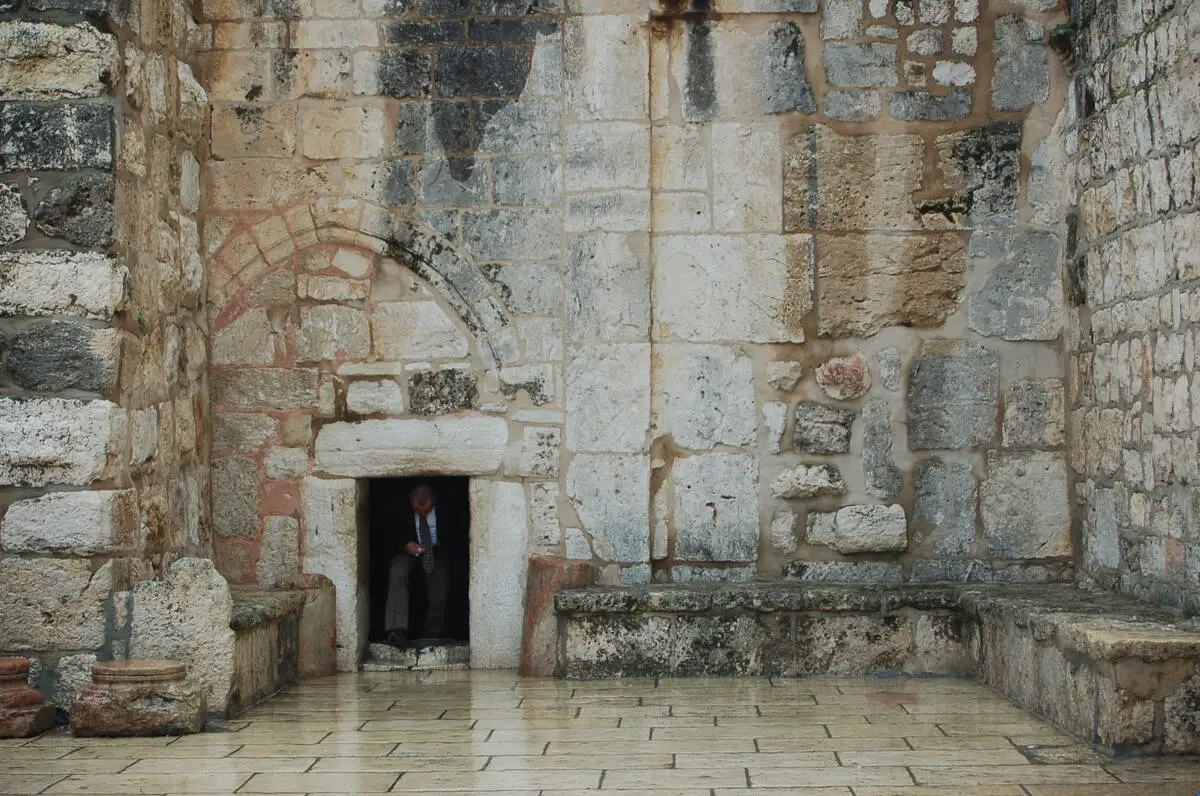Churches 🢔 Religious architecture 🢔 Archaeological wonders 🢔 Categories of wonders
Wonder
Megiddo church
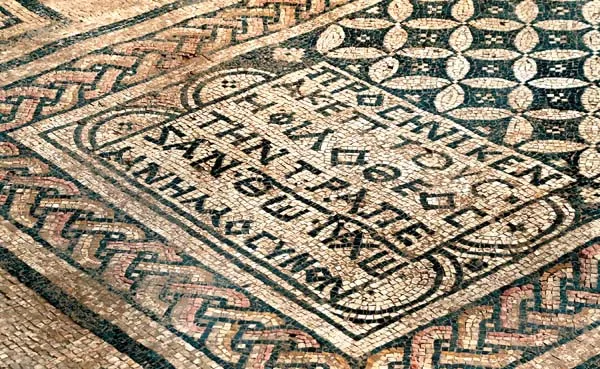
 In short
In short
Life can be surprising. Traffic violations led Ramil Razil to a prison and inside the prison he together with other inmates… found one of the oldest churches in the world!
It is not clear yet how old is Megiddo church, but it is possible that it operated as a Christian prayer hall already in the late 3rd century AD. If so – this discovery might bring us to new revelations about the attitude of Romans to Early Christianity in this region.
 40.0%
40.0%
GPS coordinates
Location, address
UNESCO World Heritage status
Time of construction
Map of the site
If you see this after your page is loaded completely, leafletJS files are missing.
 In detail
In detail
The ancient Megiddo – Armageddon
Some 1.5 kilometers to the north from this unusual find is located a steep hill – Tel Megiddo. This is the citadel of an ancient city, known better in the West as Armageddon. The same Armageddon where according to an exotic interpretation of the Bible the final battle at the end of the world will happen between the forces of good and evil (Bible does not say this directly).
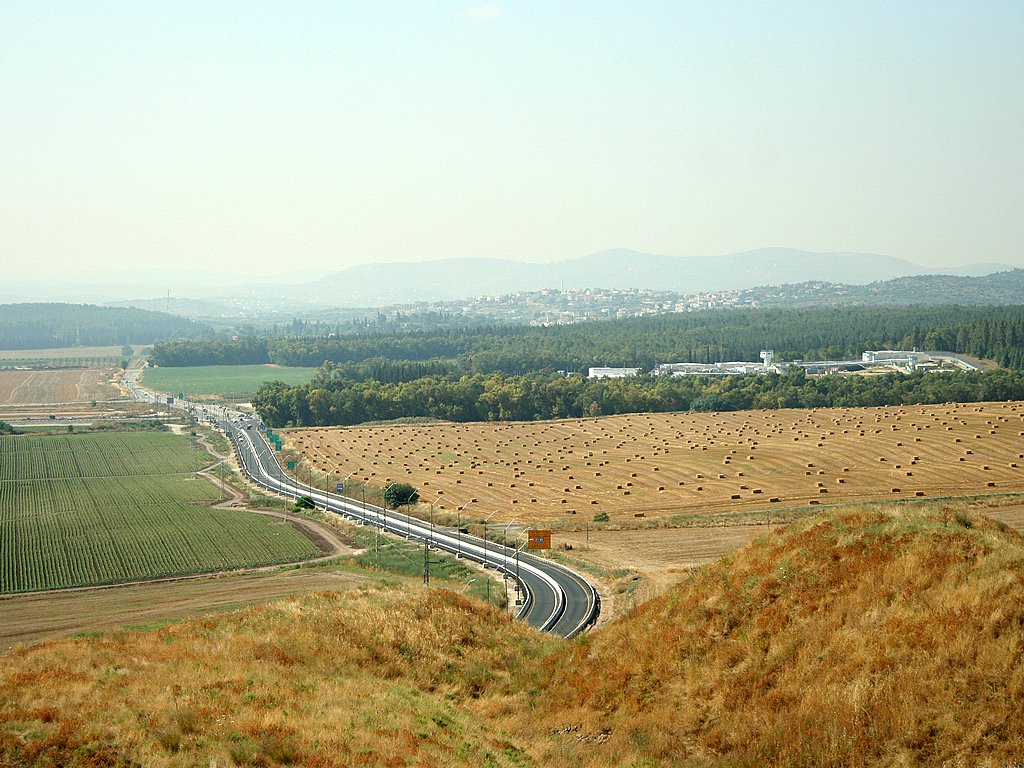
Armageddon, most likely, is a Greek version of Hebrew site name “Har Megiddo” – “Mount of Megiddo”.
This is at least nine thousand years old (!) settlement that developed on a busy road between the world’s first civilizations – Ancient Egypt and Mesopotamia. Over the millennia the rubble of structures accumulated gradually creating a hill that rises well above the surrounding undulating plains.
This ancient city at times spread to a much larger area than this hill. Sometimes around 3500 BC it became a true city – one of the first cities in the world.
Tell Megiddo was abandoned some 2500 years ago, but people have lived around it since then.
Extension of prison leads to a discovery
Megiddo Prison was built by the British administration in its present site – some 1.5 km south from Tel Megiddo – in the 1940ies. This dreary prison got its “second life” with the First Palestinian Intifada in the late 1980ies, when there were placed numerous inmates, frequently women and children. Living circumstances in this prison are hard – prison often is overcrowded and part of inmates sleep on the hard floor.
It was always known that prison is built over an ancient site and, before the construction of a new structure inside the prison walls, there were made salvage excavations in 2003 – 2008. Next to the archaeologists in these excavations participated also some 30 – 50 inmates.
During this work prisoners hit a corner of a large structure that turned out to be a fundament of a large building with 54 square meters large, ornate mosaic floor. The mosaic was wonderfully preserved and consists of limestone pieces in ten shades. Pieces of painted plaster on the floor testified that the walls of this room were ornate as well. Near this structure were found other installations – alleys, ritual baths, diverse domestic constructions.
Several inscriptions in Greek were uncovered and these texts certified – an ancient prayer hall of Early Christians was discovered.
Mysteries of Megiddo church
During the Roman times, sometimes in the 2nd century AD in the plain south from Tel Megiddo was built a Roman legion camp. Most likely this was Kefar ‘Othnay – the camp for Sixth Ironclad Legion, guarding the important trade routes in this region.
There were stationed some 5 000 Roman soldiers and we can be sure that nearby were living quite a few more people. Legion was stationed there for more than 100 years and was the largest Roman military installment outside Jerusalem in these times.
In this time nearby this camp, south from it, across the road was built a large house, 30 by 40 meters large. Most likely, initially, this was a house that was converted into a prayer hall, similar to other house-churches in the region.
Roman soldiers, most certainly, knew about this prayer hall. Even more – this, most likely, was a Roman house with a tiled roof – houses of locals did not have such roofs.
There are several inscriptions on the fine mosaic floor and one of them mentions Roman officer Gaianus who donated for the creation of this floor. Nearby other inscriptions mention Aketous (another reading – Ekoptos) – a woman who donated an altar table to the God Jesus Christ.
The floor mosaic includes also two fish – an early Christian symbol. It is somewhat unusual that the altar is called a “table” – this might be linked to the use of tables as the first altars in the churches.
But the most unusual fact here is the age of the prayer hall.
Initially this discovery was dated to 230 AD – making it the oldest known Christian prayer hall in the world, some years older than Dura-Europos house church, but now specialists are less certain about its age.
Pottery pieces on the floor and the form of fonts hint at the fact that the church operated here already in the 3rd century AD or, the latest, at the very beginning of the 4th century AD. Formally Christian churches were allowed with the Edict of Milan in 313 AD. It is widely considered that Romans persecuted the Christians and did not allow their gatherings before this. But here we see an early Christian prayer hall directly in a Roman house!?
Thus – the mosaic floor of Megiddo church presents to us one more riddle from the past…
References
- Archaeologists unveil ancient church in Israel, NBC News, November 7 2005. Accessed on 8th January 2022.
- Megiddo Prison dig yields rare 3rd-4th century Christian structure, Israel Ministry of Foreign Affairs, November 9 2005. Accessed on 8th January 2022.
- Israeli prison to join Armageddon’s list of ancient ruins, Reuters, August 8 2018. Accessed on 8th January 2022.
- Yotam Tepper and Leah Di Segni, A Christian Prayer Hall of the Third Century CE at Kefar ‘Othnay (Legio), Jerusalem 2006, Israel Antiquities Authority, 2006. Accessed on 8th January 2022.
Megiddo Church is included in the following article:
 Linked articles
Linked articles
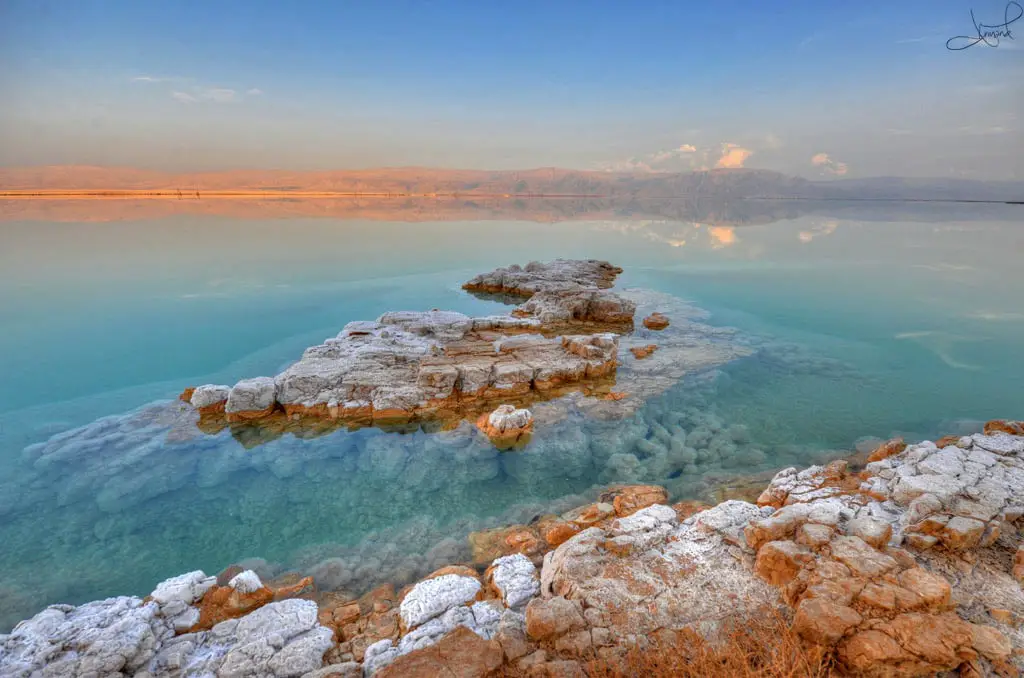
Wonders of Israel
If there is a land at the crossroads of civilizations, then Israel is one. Here from Africa to the remaining world entered different species of humans, including us. The area of Israel was located between the first civilizations in Egypt, Mesopotamia, and Anatolia. The whole country is dotted with monuments of archaeology and history.
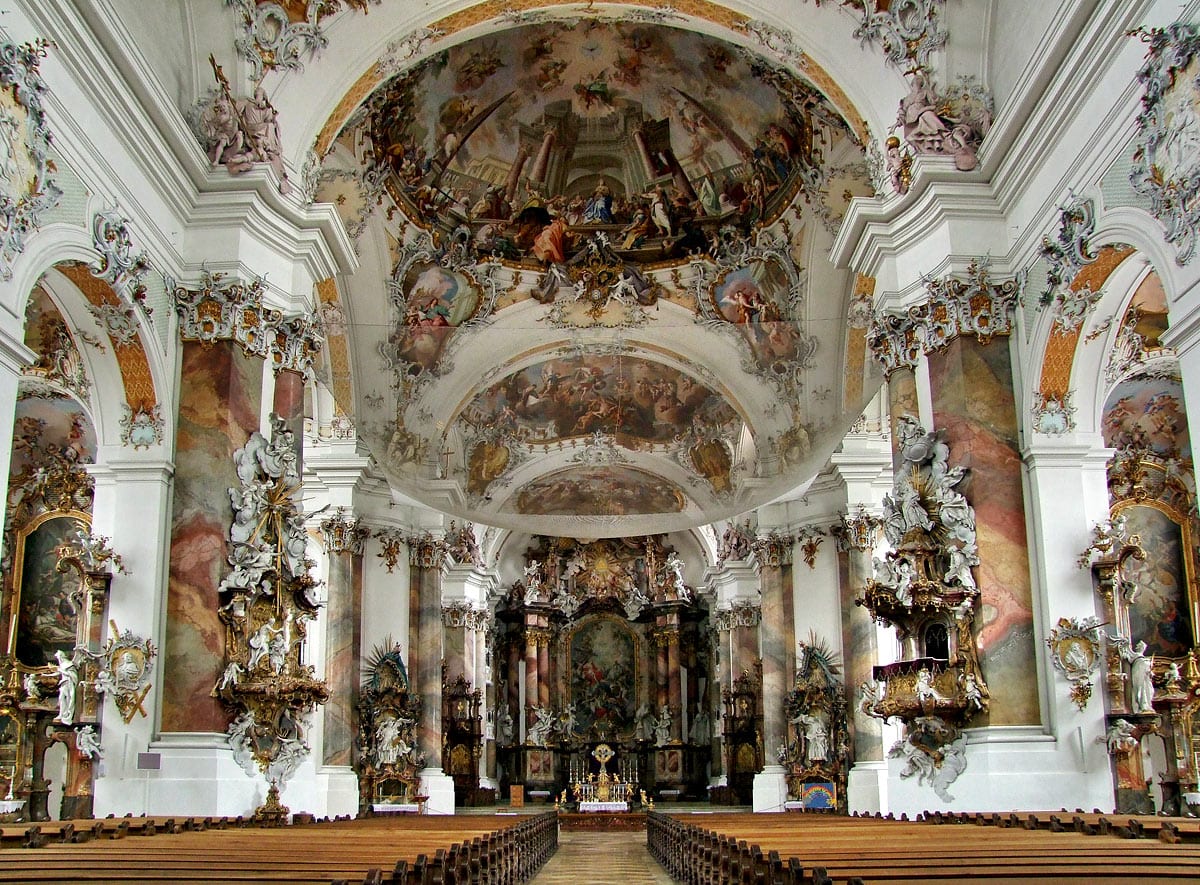
Churches
Throughout the millennia Christian churches have been the epitome of architecture and arts achievements in Western culture.
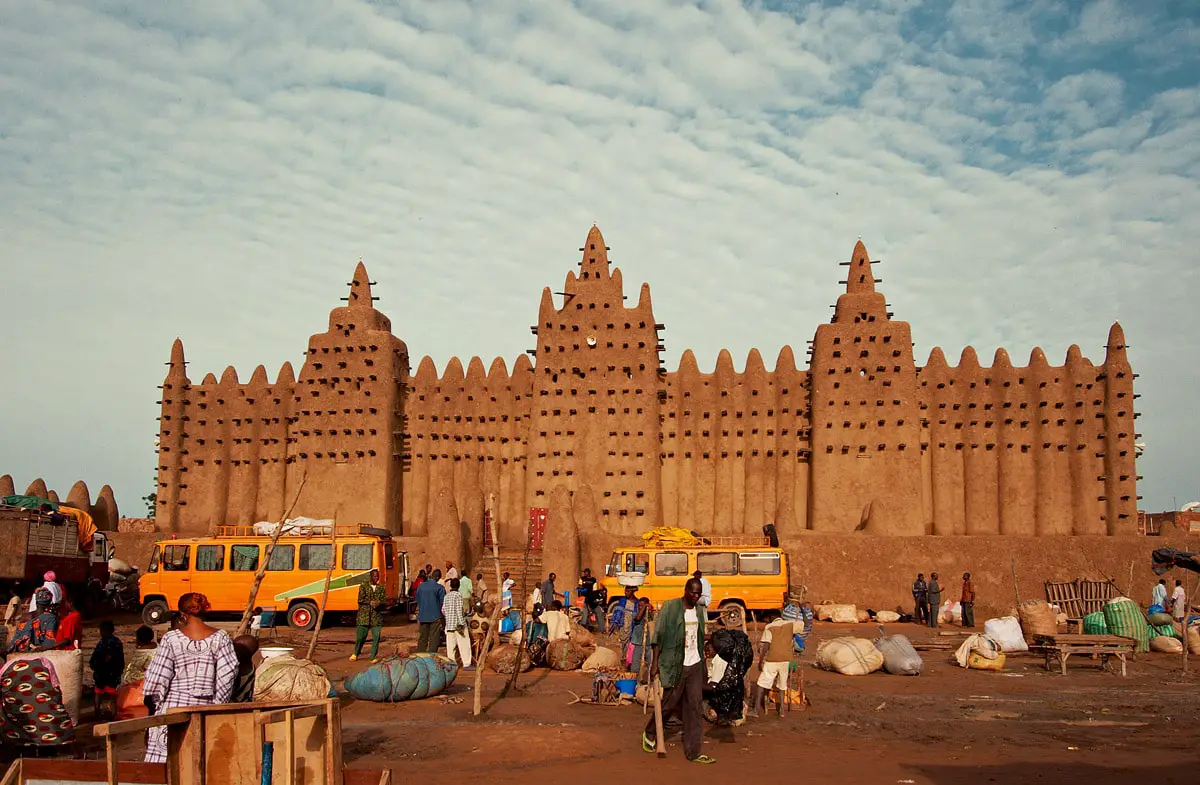
Religious architecture
Since ancient times human talents and skills have been expressed in religious architecture and arts, and traditions and rituals have evolved around pilgrimage sites. Religious buildings represent a major part of the highest achievements in architecture and crafts.
 Recommended books
Recommended books
The Patient Ferment of the Early Church
How and why did the early church grow in the first four hundred years despite disincentives, harassment, and occasional persecution? In this unique historical study, veteran scholar Alan Kreider delivers the fruit of a lifetime of study as he tells the amazing story of the spread of Christianity in the Roman Empire. Challenging traditional understandings, Kreider contends the church grew because the virtue of patience was of central importance in the life and witness of the early Christians.
Backgrounds of Early Christianity
Having long served as a standard introduction to the world of the early church, Everett Ferguson’s Backgrounds of Early Christianity has been expanded and updated in this third edition. The book explores and unpacks the Roman, Greek, and Jewish political, social, religious, and philosophical backgrounds necessary for a good historical understanding of the New Testament and the early church. New to this edition are revisions of Ferguson’s original material, updated bibliographies, and fresh discussions of first-century social life, of Gnosticism, and of the Dead Sea Scrolls and other Jewish literature.

